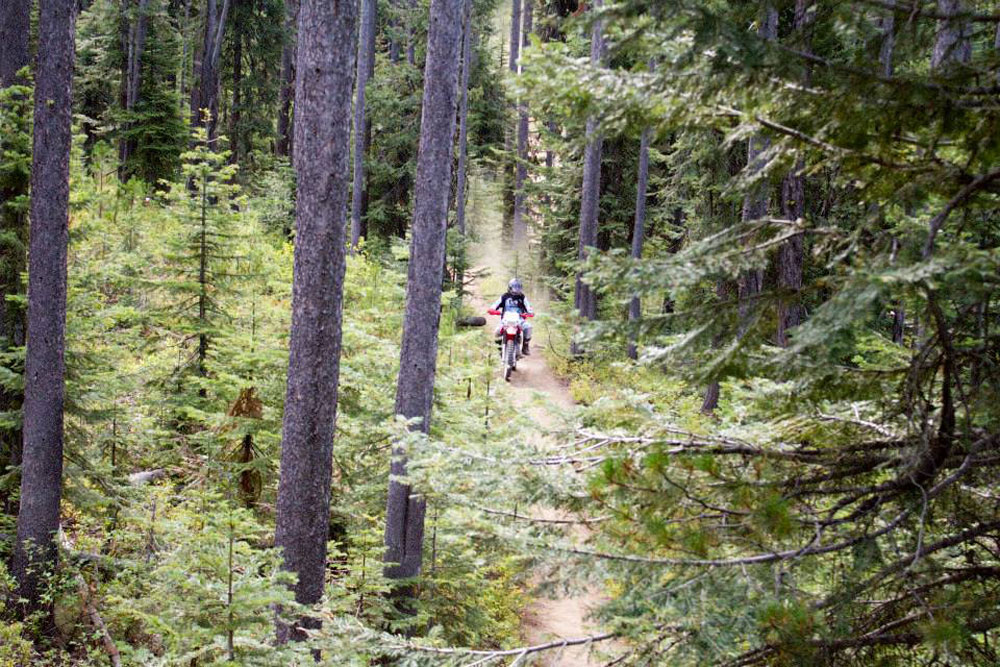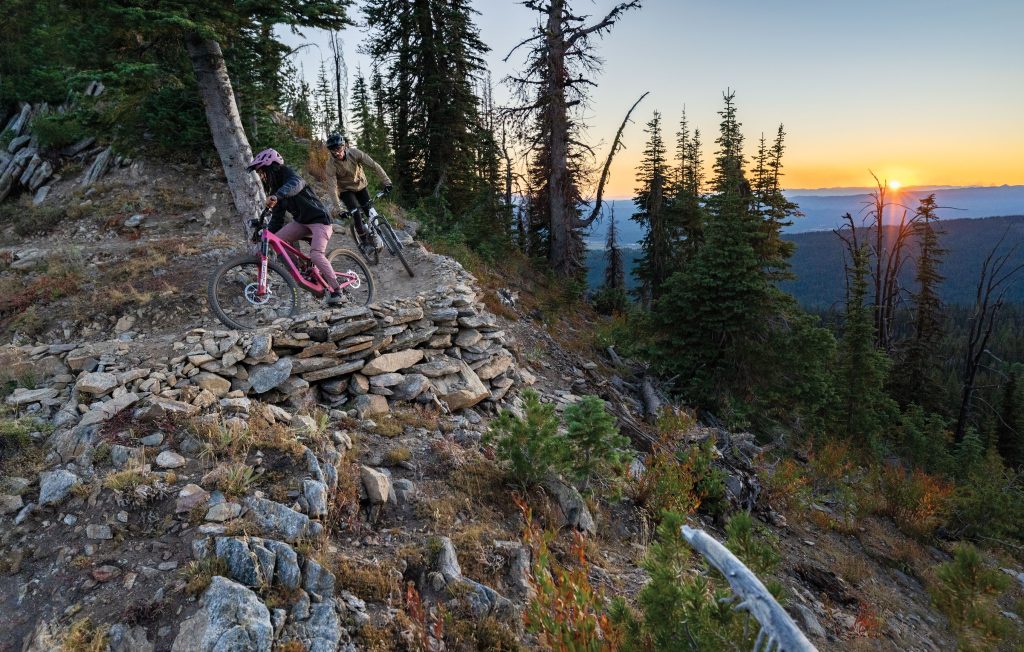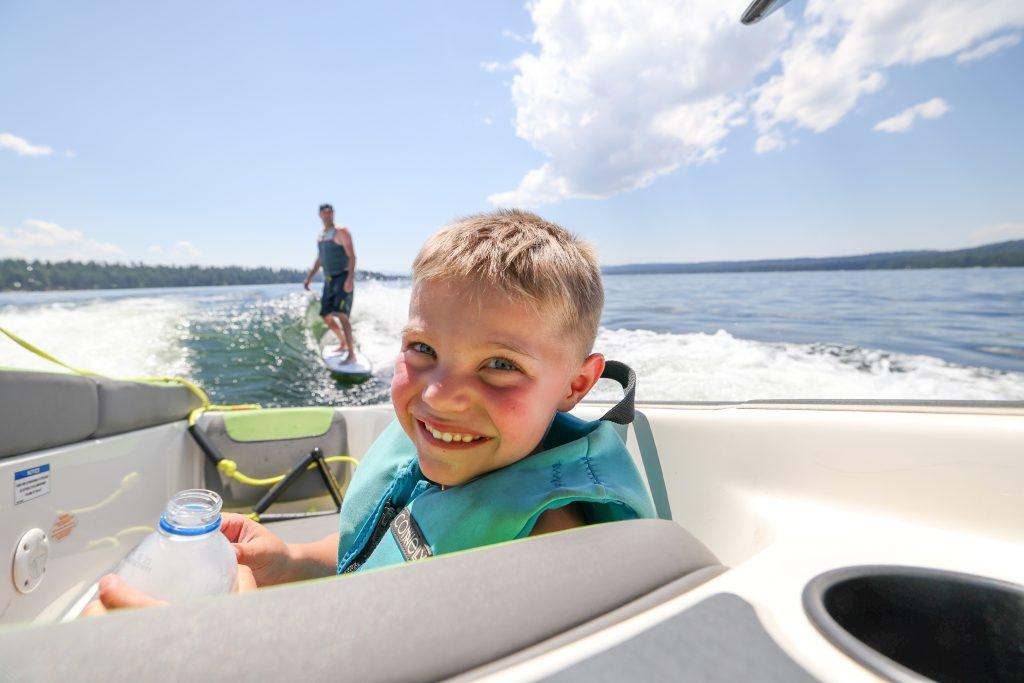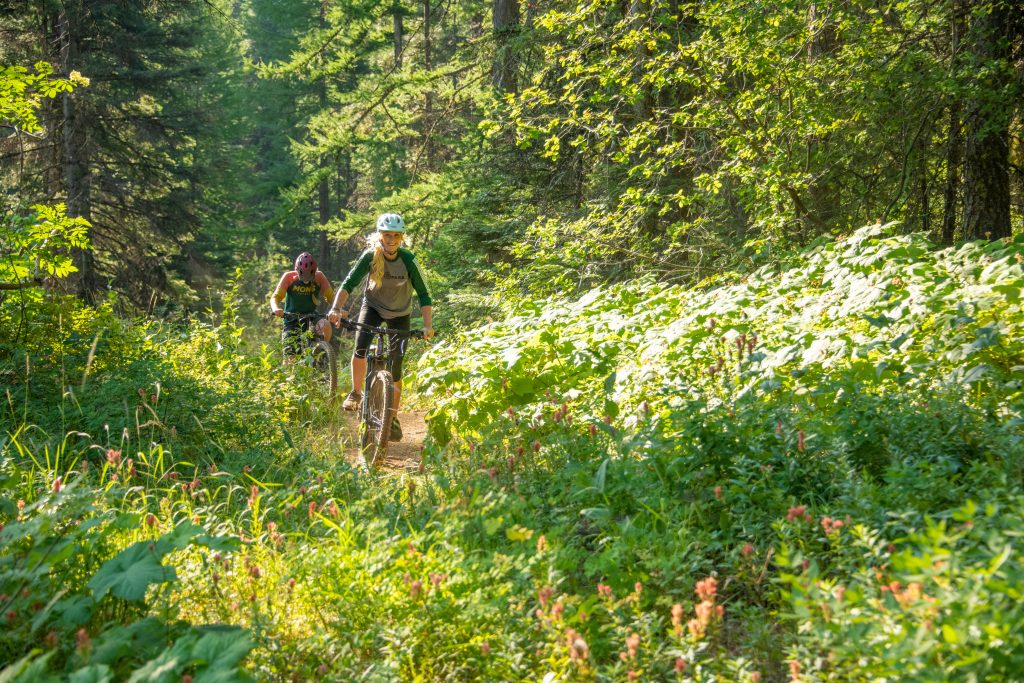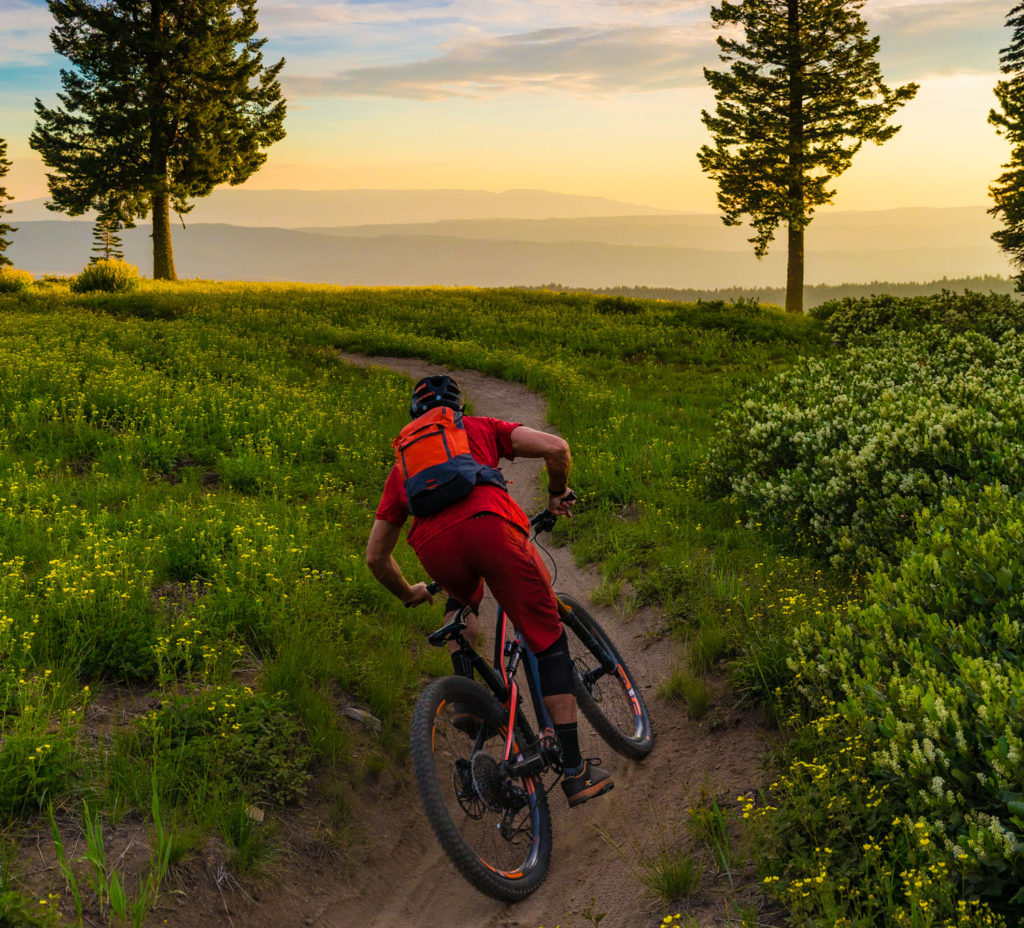Mountain Bikers and Dirt Bike Riders Team Up to Preserve Trails
(cover photo courtesy RideMcCall.com)
Mountain bikers and dirt bike riders would seem an odd couple in most places. In McCall, these recreational enthusiasts have found common ground and formed a partnership to protect the riding areas they both love.
This uncommon pairing got its start in 2016 when the Forest Service invited various user groups to collaborate on future forest use planning. The Central Idaho Mountain Bike Association (CIMBA) was partnered with dirt bike riders. Rather than present their differences, the group realized that they had a lot in common. “We looked at each other and realized that we both used the same trails and both wanted to ensure the preservation of those trails,” says Johanna Defoort, Treasurer of the Central Idaho Trail Riders Association (CITRA). So they decided to work together.
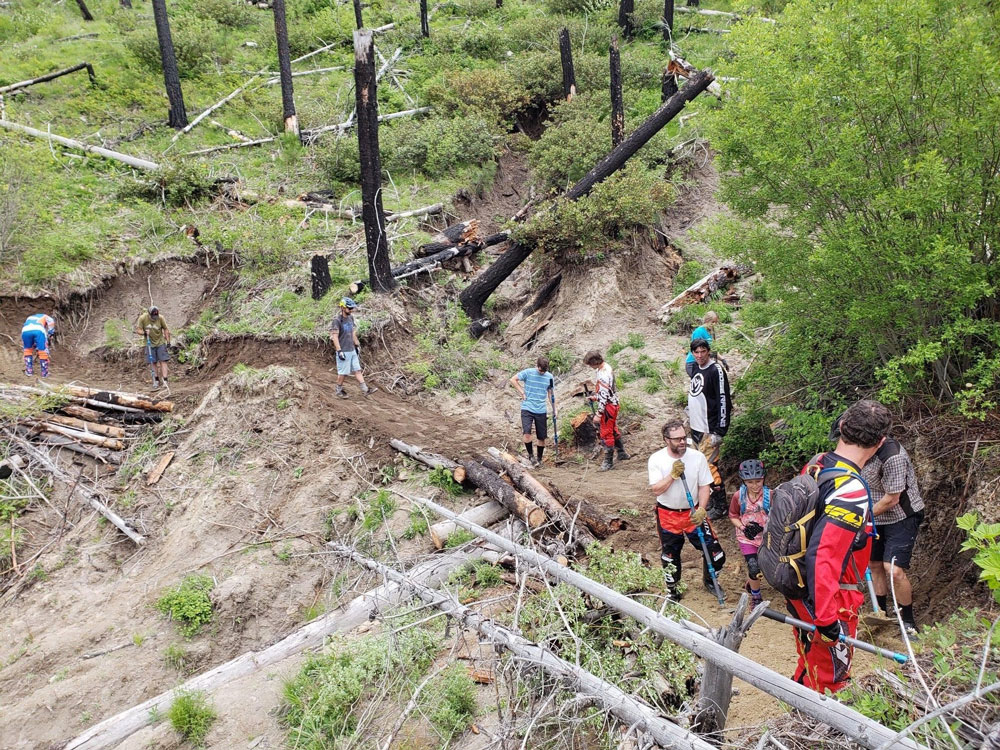
From those meetings in 2016, CITRA was born. And since that time, CIMBA and CITRA have worked together to clear popular trails for all users to enjoy. Each Memorial Day the groups join forces for the South Fork clearing event. From there, trails are cleared as the snow melts. CITRA has also adopted the Loon Lake trail system and maintains the three trails into the lake for hikers, mountain bikers and dirt bike riders alike.
“One of the most under-appreciated facts about dirt bikes riders is that we do more to clear trails than any other group combined,” says Defoort. This is because a dirt bike can access more trails and carry necessary equipment like chainsaws with ease. “Dirt bikes also pack out the trail due to their weight and help keep the vegetation down,” says Defoort.
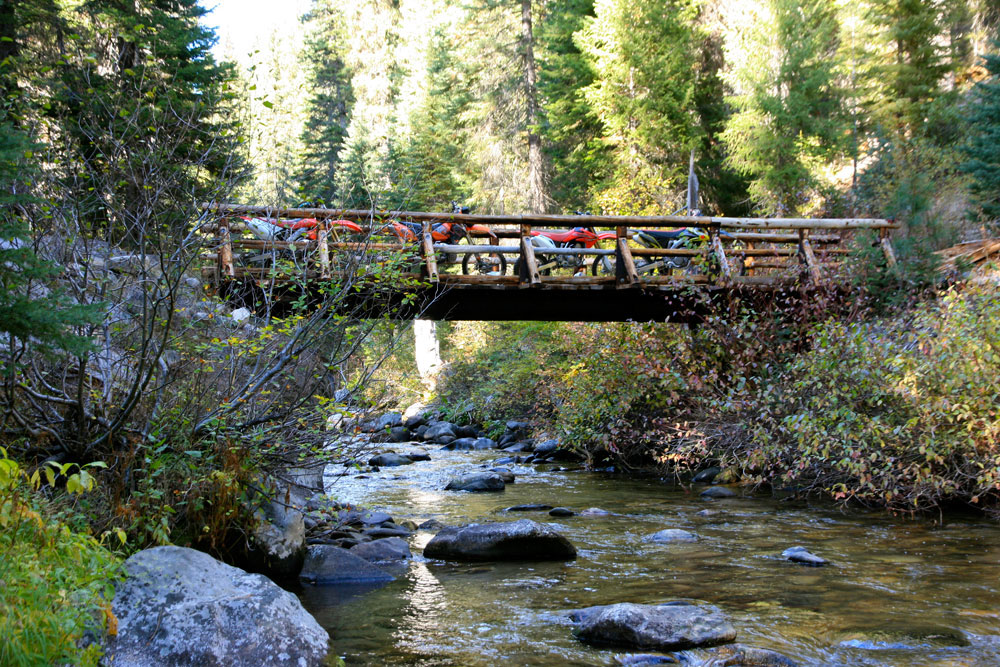
On top of maintaining and preserving trails throughout the McCall area, this partnership has also helped to ease some of the stigma placed on dirt bike riders. “Dirt bike riders are unique in that they have very few designated trails,” says Defoort. “Hikers have dedicated hiking trails, mountain bikers have dedicated mountain biking trails, but the majority of trails for dirt bike riders are mixed use.” That means that riders are always cognizant of meeting other users on the trail. “I think there is an assumption that we are all just knuckleheads that go out to spin our tires and ruin trails, which couldn’t be further from the truth” says Defoort. In reality, Defoort says that most riders are out for the same reasons as any other outdoor recreationalists – to enjoy a good view, explore a new trail and get outside.
“For me, the challenge is also appealing,” says Defoort. “I haven’t mastered my riding skills yet, and probably never will, but I am always striving to be better.” Defoort says the adrenaline rush of pushing herself to try new obstacles keeps her coming back. “I also really love teaching my kids,” she says. “I will go ride with my husband and he will give me tips then I turn around and take my daughter through obstacles that used to be really difficult for me and it is fun to see the progression and growth.”
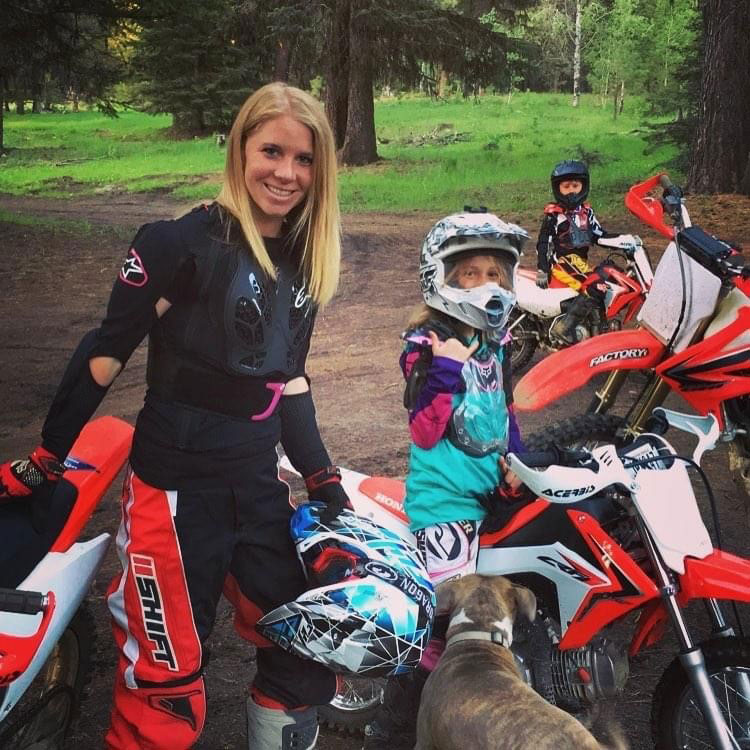
For new riders, Defoort’s number one recommendation is to find a bike that fits your riding skill and style. “Motorcycles are not built the same and you could easily hop on a bike that is overpowered for your skill level or too heavy for the type of trails you want to ride on.” Before hitting a trail, practice starting and stopping, using the brake and clutch, shifting, turning and balance. “There are a lot of moving pieces, so start slow,” says Defoort. She also recommends mountain biking. “A lot of the concepts are the same in terms of turning and balancing, so it is really helpful in learning dirt bike skills,” says Defoort.
Once you have a bike, there is also protective gear to consider. “We like to ‘Power Ranger up,’” says Defoort. That includes motorcycle boots, protective pants with padding, a chest protector, elbow guards, gloves, and a helmet. If you opt for less gear, boots and a helmet are a must.
One challenge for both new riders and experienced riders new to the area is knowing which trails are accessible for motorized use. “Sometimes it is difficult to tell when you leave Forest Service land and enter Idaho Department of Lands or even private property,” says Defoort. Road maps help, but most do not include topographic lines which can make it difficult to orient yourself. This is one area CITRA is hoping to focus on. “Aside from trail clearing, our number one priority would be trail marking and education,” says Defoort. “As a recreation destination, we want people to come use our resources, but we also have to make sure we use them correctly so they will last.”
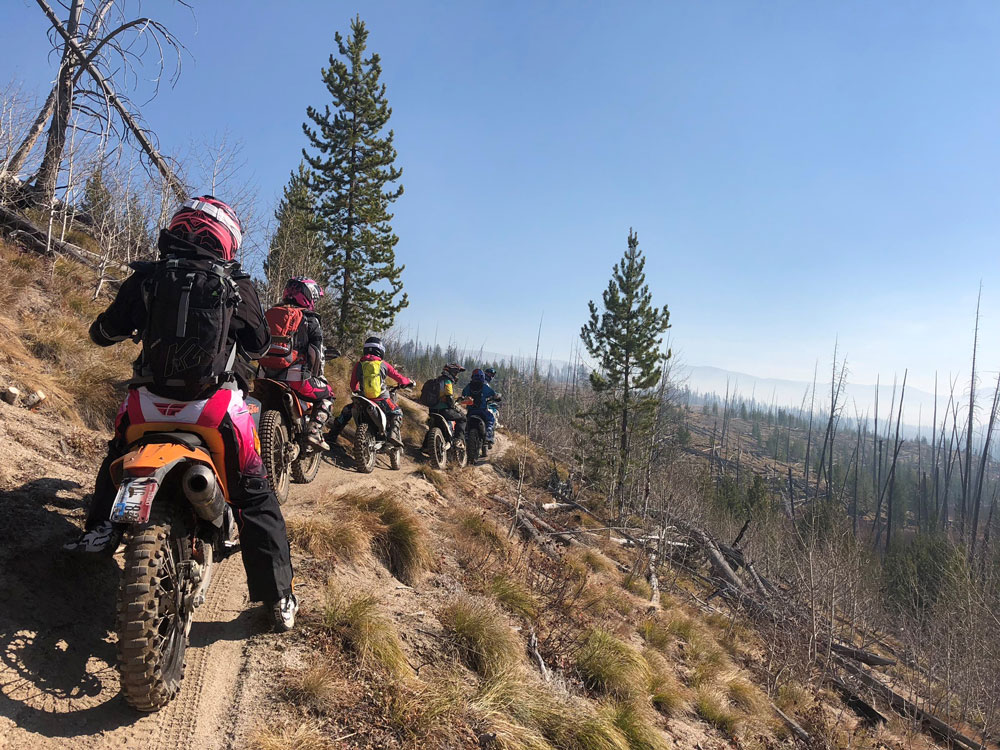
One of the biggest benefits for Defoort and other riders is the accessibility of remote areas. “A trail like Krassel Knob is a 12-mile hike, so a dirt bike makes it much easier to get to,” says Defoort. “Being able to sit on top of that peak and look out at all of the South Fork below is so amazing.” And it is places like this, with stunning vistas and scenic trails, that keep Defoort and other riders coming back for more. “It makes me appreciate these special places and want to preserve and protect them,” says Defoort.
Recommended Trail: Loon Lake
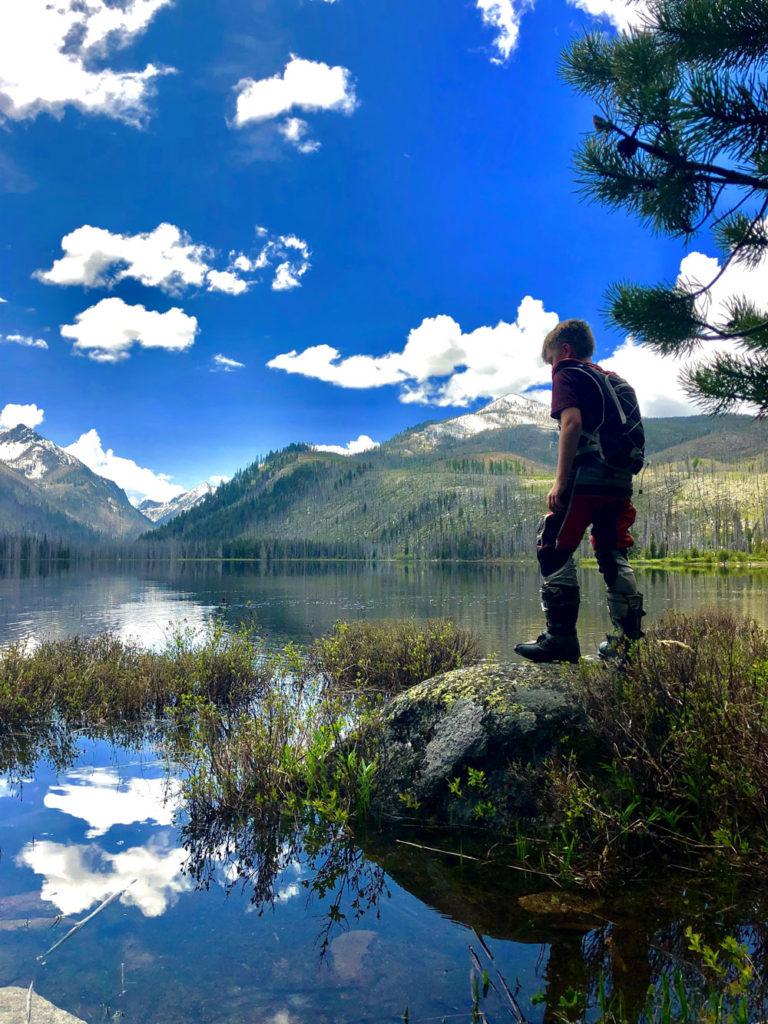
The Loon Lake Trail System offers three different routes, each appealing to different skill levels. From the Ruby Meadows Campground near Burgdorf, the Willow Basket Creek trail is for intermediate riders. From the Chinook Campground, the Loon Lake Trail offers and easier (and shorter) route to the lake while the Secesh River Trail will appeal to experienced riders.
In addition to the stunning scenery, Loon Lake was made famous as the site of a B-23 “Dragon Bomber” crash. During a heavy winter snowstorm in 1943, the plane made an emergency landing on the frozen lake and slid off into the timber. All eight crewmembers survived without major injury. With no sign of rescue, three crew members hiked 14 days and almost 42 miles in deep snow to the Lake Fork Guard Station. Everyone was successfully rescued shortly after.
Fun Fact: The Loon Lake trail system is also designated as an International Mountain Bicycling Association (IMBA) “Epic” mountain bike trail.
Trailhead Directions to Ruby Meadows Campground: From downtown McCall, turn right onto Warren Wagon Road. Continue approximately 27.5 miles. The turn to Ruby Meadows is on the right just before the Burgdorf Junction (about 28 miles). Follow the dirt road to a parking area and Willow Basket Creek trailhead.
Trailhead Directions to Chinook Campground: From downtown McCall, turn right onto Warren Wagon Road. Continue past the Burgdorf Junction (about 28 miles) and continue on the dirt road for another 6.5 miles to the Chinook Campground. Follow the dirt road about 1 mile to the parking area.
To learn more about CITRA, visit www.citra.rocks. For more information on where to ride, visit ridemccall.com or the interactive trail map at https://trails.idaho.gov/.

